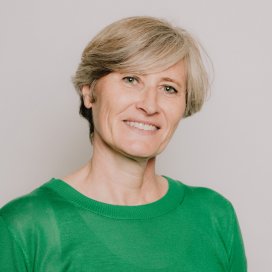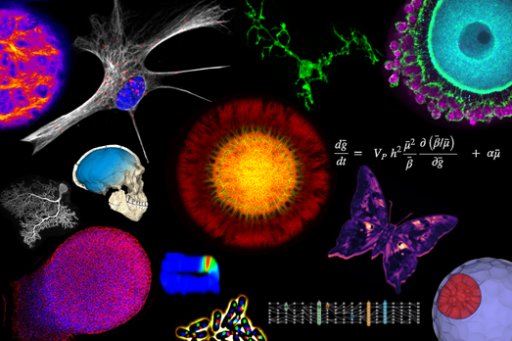How does a new individual made up of 30 billion cells and 300 different cell types form from a single cell? What is the nature of the information contained in the gametes that allows such a feat, and in particular that contained in the female gamete contributing not only via its genome but also via its important cytoplasmic reserves to the formation of a new individual?
Marie-Hélène Verlhac's work has been devoted to the important question of the maternal heritage: what is its nature, how to preserve it and what are the consequences when it goes awry? The quality of the female gamete notably depends on the accuracy of two successive asymmetric divisions. In the human species these divisions are not very precise; the basal rate of chromosome segregation errors is extremely high (10 to 20%), increasing exponentially with the age of the mother. This is a societal issue in modern societies where women tend to postpone child bearing. Marie-Hélène Verlhac’s group have made pioneering contributions on the mechanisms of the formation and positioning of meiotic spindles in the mouse oocyte, which they showed obey to atypical rules, partly responsible for the basal rate of chromosome segregation errors. Their work on oocyte growth and meiotic divisions identified highly original mechanisms, often based on purely biophysical phenomena, controlling the nature and preservation of the maternal heritage, necessary for the creation of a new individual.

